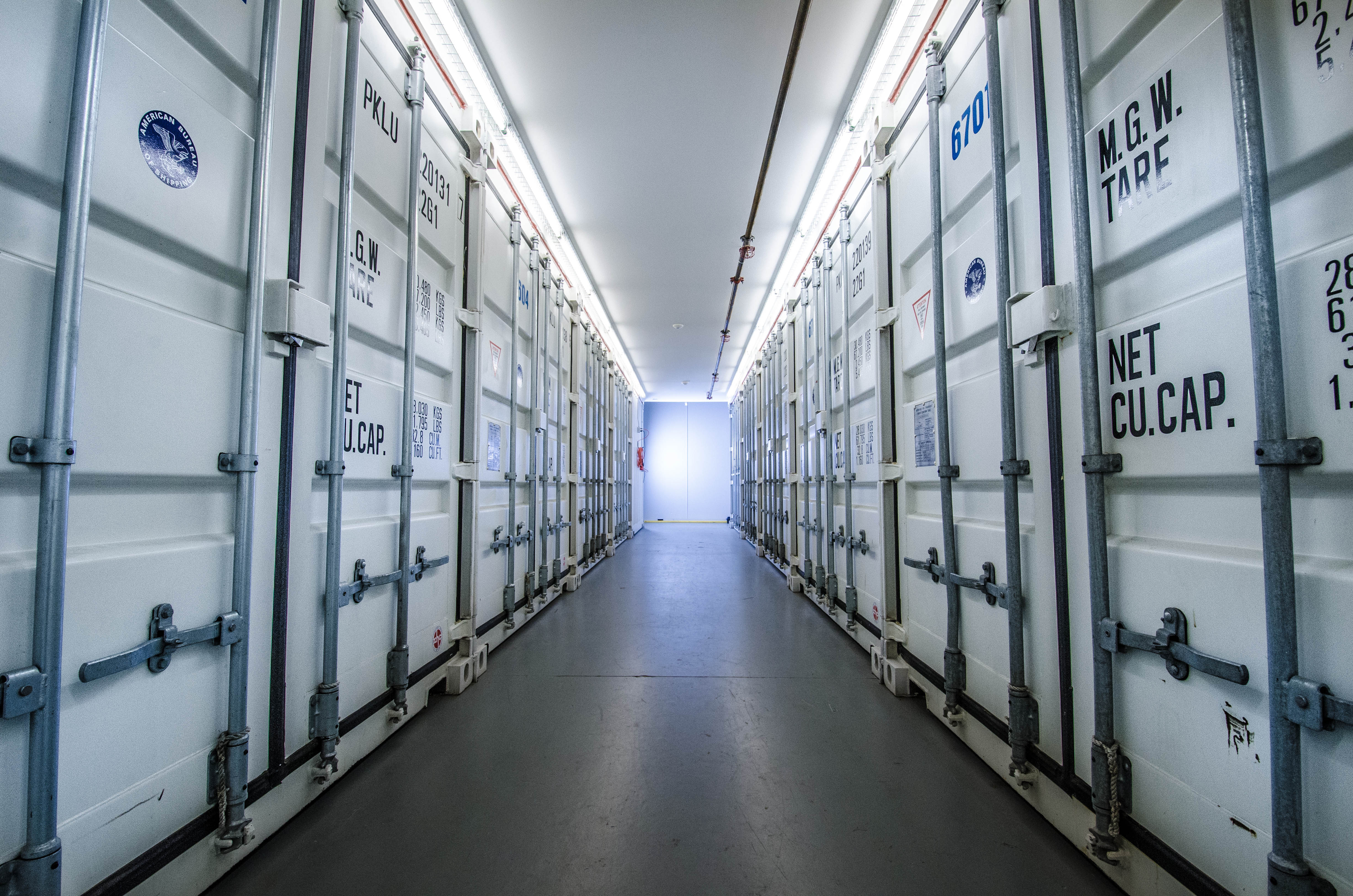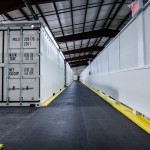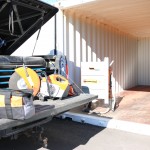The history of people storing their goods
In order to know where the self storage industry is going, it is helpful to find out its origins. As consumer consumption continues to rise we can see that there will be growing demand for additional storage spaces in the near future. The more we accumulate as a culture the more storage space we need to place and keep our prized possessions.
Although there is historical evidence of publicly available storage in ancient China, modern self storage facilities in which the tenant has exclusive access to the storage space did not begin to appear until the 1960s. Lauderdale Storage in Fort Lauderdale, FL was founded in 1958 by the Collum family, making it one of the first ever self storage facilities in the United States. Modern storage facilities grew slowly through the 90s, at which time demand outpaced supply and caused a rush of new self storage developments. From 2000 to 2005, over 3,000 new facilities were built every year.
The term “self storage” is short for “self-service storage” and is also known as “mini storage.” Self storage facilities rent or sometimes lease space to individuals, usually storing household goods, or to small businesses, usually storing excess inventory or archived records. The rented spaces are usually secured by the tenant’s own lock and key. Unlike in a warehouse, self storage facility employees do not have casual access to the contents of the space. A self storage operator does not take possession or control of the contents of the storage rental space unless a lien is imposed for non-payment of rent. After a lien is imposed for non-payment, state laws generally require that storage facilities auction the contents of a storage unit to cover rent payments owed.
Self storage is an industry in which storage space is rented to tenants, usually on a monthly basis. A self storage business provides rooms, lockers, containers, and/or outdoor space in which tenants can store and access their goods. Self storage tenants include businesses and individuals. The self storage industry is primarily a United States-based industry of the 58,000 storage facilities worldwide in 2009, 46,000 were located in the United States.
Self storage businesses lease a variety of unit sizes to residential and business customer/tenants. Popular unit sizes include 10’x5 (10 feet wide by 5 feet (1.5 m) deep) which is about the size of a large walk-in closet, 10’x10 (the size of a child”s bedroom), 10’x20 (one-car garage), 15’x20 and 20’x20 (two-car garage). The storage units are typically window-less, walled with corrugated metal, and lockable by the renter.
Each unit is usually accessed by opening a roll-up metal door, which is usually about the same size as a one-car garage door. A controlled access facility may employ security guards, security cameras, individual unit door alarms and some means of electronic gate access such as a keypad or proximity card. A few facilities even use biometric thumbprint or hand scanners to ensure that access is granted only to those that rent. Self storage facility operators frequently provide 24-hour access, climate controlled storage, outdoor storage for RVs and boats, and lights or power outlets inside the storage unit as amenities to set themselves apart from competitors.






